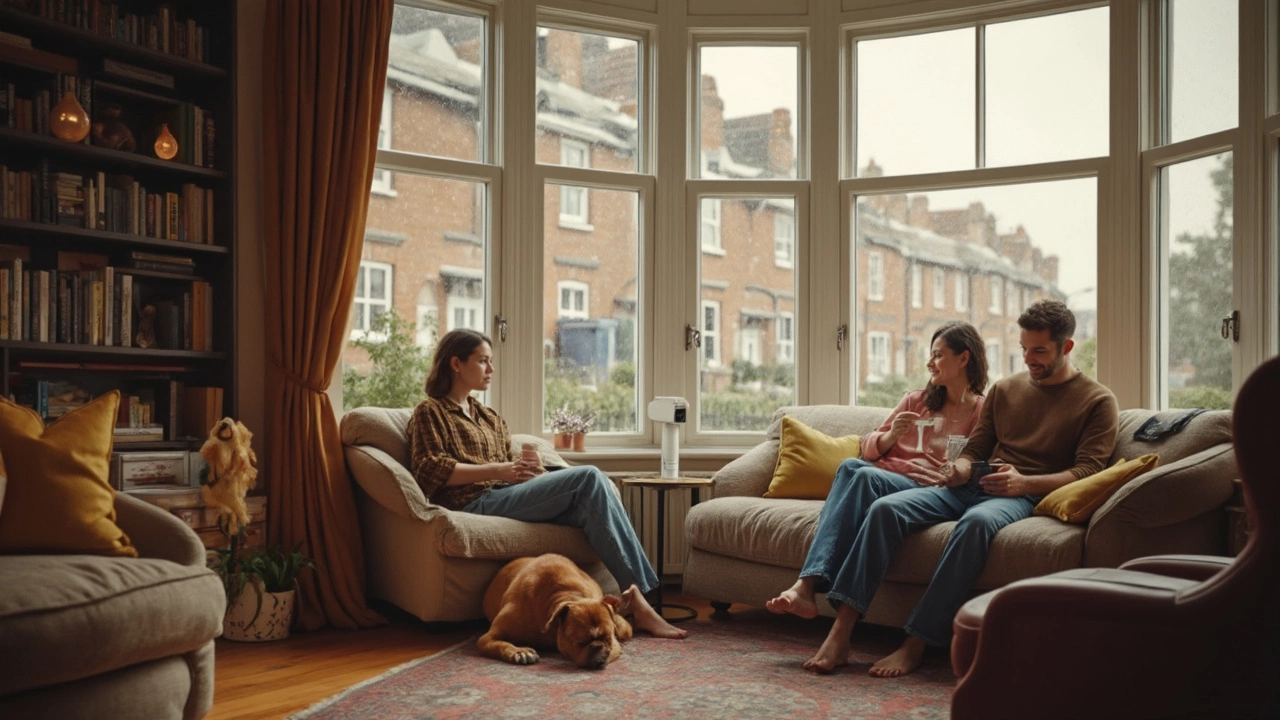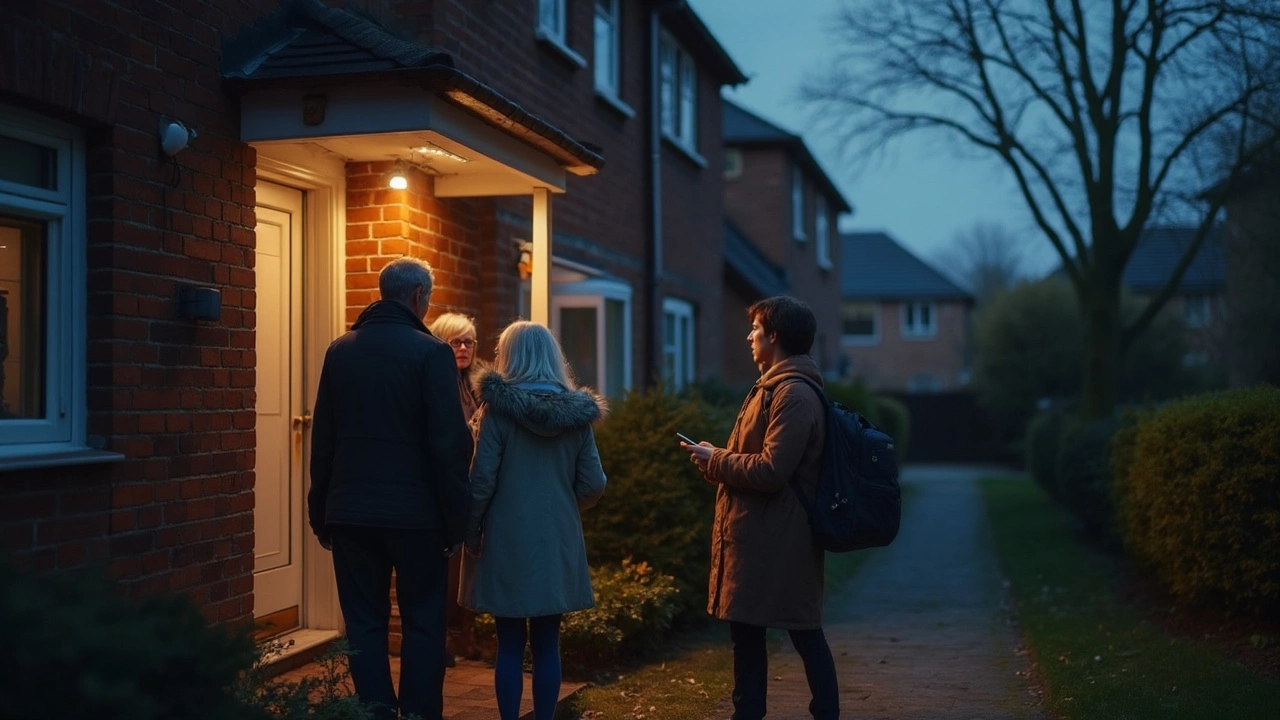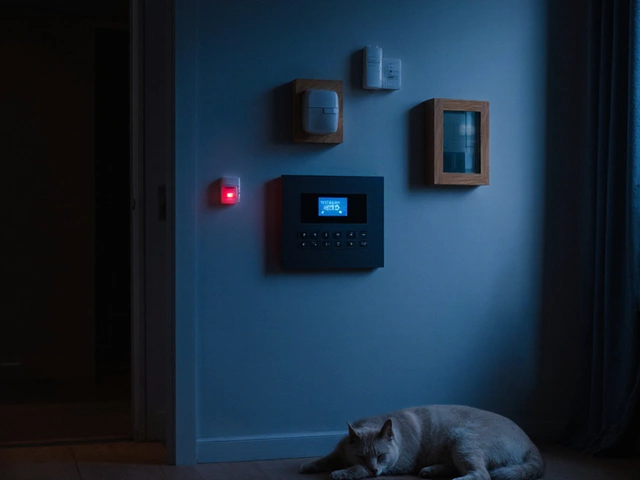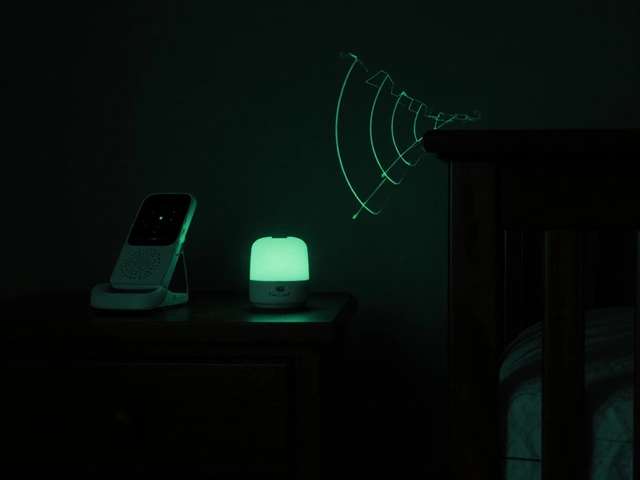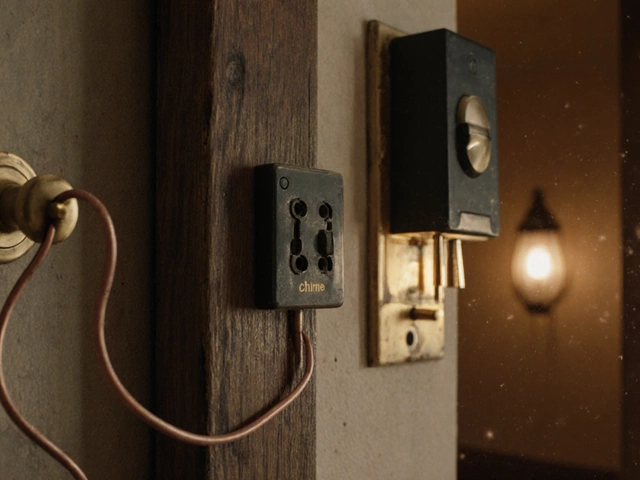Security Tips: Simple Steps to Keep Your Property Safe
Feeling uneasy about break‑ins or online snooping? You don’t need a PhD in security to protect what matters. Below are straight‑forward actions you can start today, whether you own a house, run a small shop, or just want peace of mind.
Light Up the Perimeter
Burglars love darkness. Installing motion‑activated lights around doors, windows and driveways cuts the odds of a silent approach. Choose LED fixtures with a broad beam and set the sensor range to cover the entire entry zone. Test the timing – a 30‑second on‑time is usually enough to startle an intruder and alert neighbours.
Pick the Right Cameras
Not all cameras are created equal. For outdoor use, pick a weather‑sealed model with infrared night vision; it should record at least 1080p so you can see faces clearly. Inside, a mix of fixed and pan‑tilt cameras gives good coverage. If Wi‑Fi is spotty, consider a wired PoE (Power over Ethernet) system – it avoids lag and hacking risks.
Don’t forget to set up motion alerts to your phone. Most modern cameras let you customize zones, so you won’t get a flood of notifications from a passing cat.
Smart Doorbells Made Simple
Smart doorbells are more than a video feed. They can trigger alarms, turn on porch lights, and even lock the door when you’re away. If you have existing wiring, a hard‑wired model gives constant power and a reliable chime. Battery‑powered units are easier to install but need regular recharging – keep a schedule to avoid dead days.
Make sure your doorbell stays online by connecting it to a 2.4 GHz Wi‑Fi band; it’s less prone to interference than 5 GHz. And always test the live view after any power outage.
Secure Your Alarm System
Many people think a phone line is needed for alarms, but today’s systems use cellular or broadband backup. Choose a provider that offers 24/7 monitoring and a clear contract – no hidden fees after the first year. Place sensors on all accessible doors and windows, and add a glass‑break sensor for extra coverage.
False alarms are a hassle. Make sure motion sensors are angled away from windows that let in sunlight, and adjust pet‑immune settings if you have animals.
Motion Sensors and Door Contacts
PIR (passive infrared) sensors detect heat, while microwave sensors sense movement. Dual‑tech sensors combine both, cutting false triggers. Install them high on walls, away from heating vents, and test the detection range before sealing them.
Door contacts are cheap but effective. Whenever a door opens, the panel gets an instant alert. Pair them with a siren inside for a louder deterrent.
Privacy and Neighbour Concerns
Smart cameras can record public spaces, which sometimes sparks neighbour complaints. Keep your lenses pointed only at your property and use privacy masks if your system allows it. If a neighbour raises an issue, explain that the footage is stored securely and only accessed when needed.
In the UK, the CCTV Code of Practice encourages transparency – a simple sign saying “CCTV in operation” often clears misunderstandings.
Final Quick Checklist
- Install motion‑activated lighting around all entry points.
- Use at least two cameras: one outdoor weather‑proof, one indoor with night vision.
- Choose a hard‑wired smart doorbell for constant power, or set a battery‑check reminder.
- Pick an alarm system with cellular backup and 24/7 monitoring.
- Add dual‑tech motion sensors and door contacts to every access point.
Start with these basics, and you’ll see the difference right away. Security isn’t about expensive gadgets; it’s about layering simple, reliable habits that make your home a hard target for anyone thinking of breaking in.

